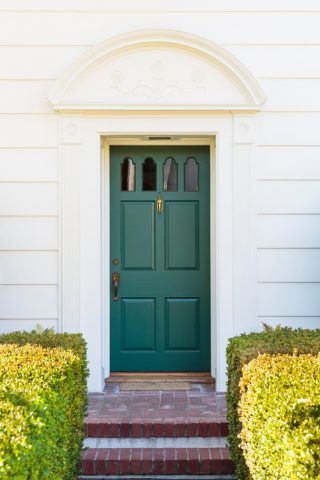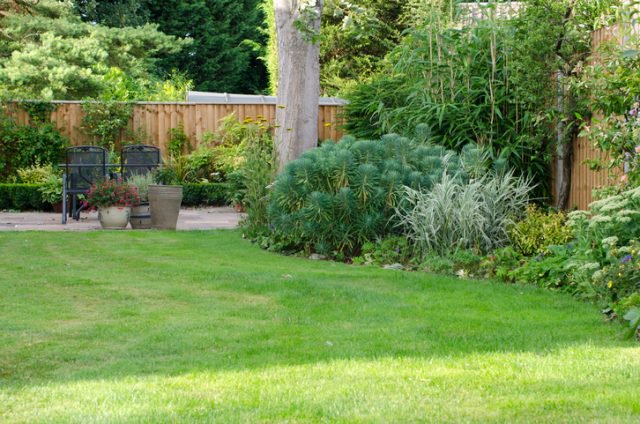Landlords Should be Cautious of Using Family Members as Rent Guarantors
Landlords should be cautious of using family members as rent guarantors post-Brexit, urges Housing Hand, the UK’s only secured and reliably insured guarantor service for students and working professionals.
The latest figures on unsecured debt and average wages in the UK shows that, post-Brexit, the economy is stalling and household debt is impeding.

Landlords Should be Cautious of Using Family Members as Rent Guarantors
Data from the Trades Union Congress (TUC) reveals that unsecured debt is set to reach a record high of £13,900 per household in 2017 – a huge sum. Average annual wages stand at less than £28,000, despite low interest rates.
People have been borrowing to spend on credit cards, store cards and personal loans. So, even if you are a homeowner, they may not be reliable rent guarantors.
According to Housing Hand, landlords run the risk of using a family member as a UK guarantor, as there is no guarantee that the rent will be paid in the event of a tenant defaulting.
The Managing Director of Housing Hand, Jeremy Robinson, says: “We are currently working with landlords and agents across the UK to stand as guarantor for tenants, many of whom are international students, professionals from overseas, and young working singles and couples.
“We provide a service for tenants who may have a poor to zero credit rating, supported by a guarantor liability insurance policy. This ensures that the rent payments are paid in the event of the tenant defaulting on the rent.”
He continues: “We offer landlords and tenants reduced financial risk and, for both, a widening of what is available on the market. For landlords, this is access to a wider range of tenants that wouldn’t otherwise be able to meet the standard criteria. This includes the huge potential market of international tenants and the previously too risky market of tenants with poor credit history.
“Both landlords and letting agents who are partnered with Housing Hand have been able to increase occupancy, due to a larger pool of creditworthy applicants and have been able to eliminate the risk of rent loss, due to tenant default, at no cost to them. We also provide a complimentary house-finder service, which connects accommodation providers to tenants and vice versa. This means live tenant leads are sent to accommodation providers directly.”
Robinson explains: “One of the biggest problems tenants face when renting a property is not having a UK guarantor. This is a huge worry for tenants who are not able to pay six to 12 months in advance to secure their rental property. Tenants who are unable to provide a quality UK guarantor can, provided they pass the Housing Hand application process, purchase our guarantor service.
“Now landlords have an alternative to personal guarantors, with guaranteed income for the length of the tenancy. They also don’t need to turn away potential tenants who can’t pay considerable amounts of rent up front, as we can become their guarantor. We have a seen a significant rise in the number of tenants that are using our service, particularly in London and the South East. More and more landlords are using us as a guarantor instead of a family member, which they have traditionally done.”
Sherard James, the Acting Head of Corporate Services at Kinleigh Folkard & Hayward, also comments: “We have many international students and overseas professionals applying for our properties. However, a large proportion of these applicants are unable to supply a UK rent guarantor. Usually, if a student is unable to provide a UK guarantor, an advance of an additional six months’ rent is usually required to secure the property. This can be problematic, as many tenants cannot afford such a large upfront sum.
“Thanks to our partnership with Housing Hand, we have been able to offer a solution with Housing Hand acting as their UK rent guarantor. Our landlords are happy, as we now have a larger selection of tenants to offer them and the tenants are happy, as they can afford to rent. It costs the tenants a minimal fee and landlords benefit from guaranteed monthly rent for the duration of the tenancy. It’s a win-win.”
Landlords, be wary of using family members as rent guarantors and look into possible alternatives.








